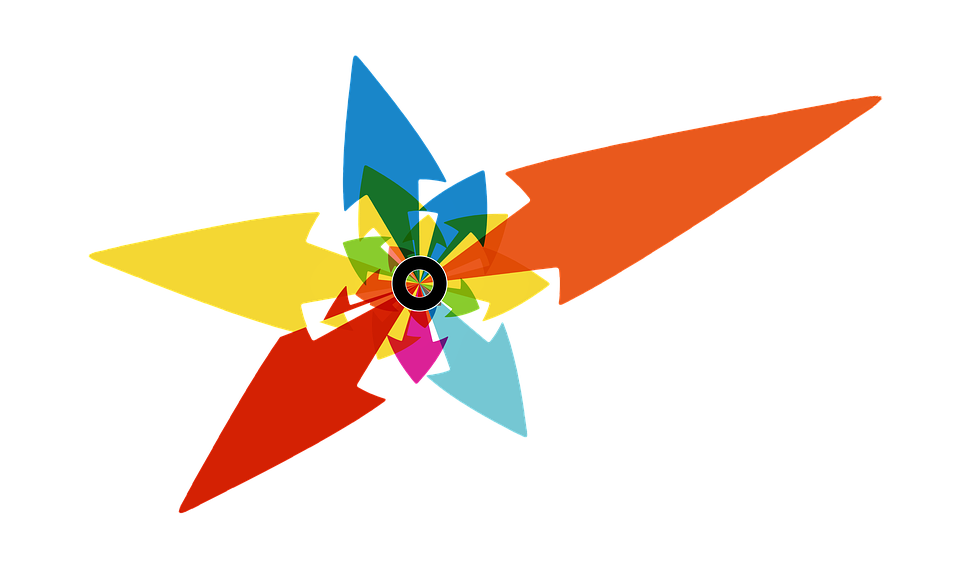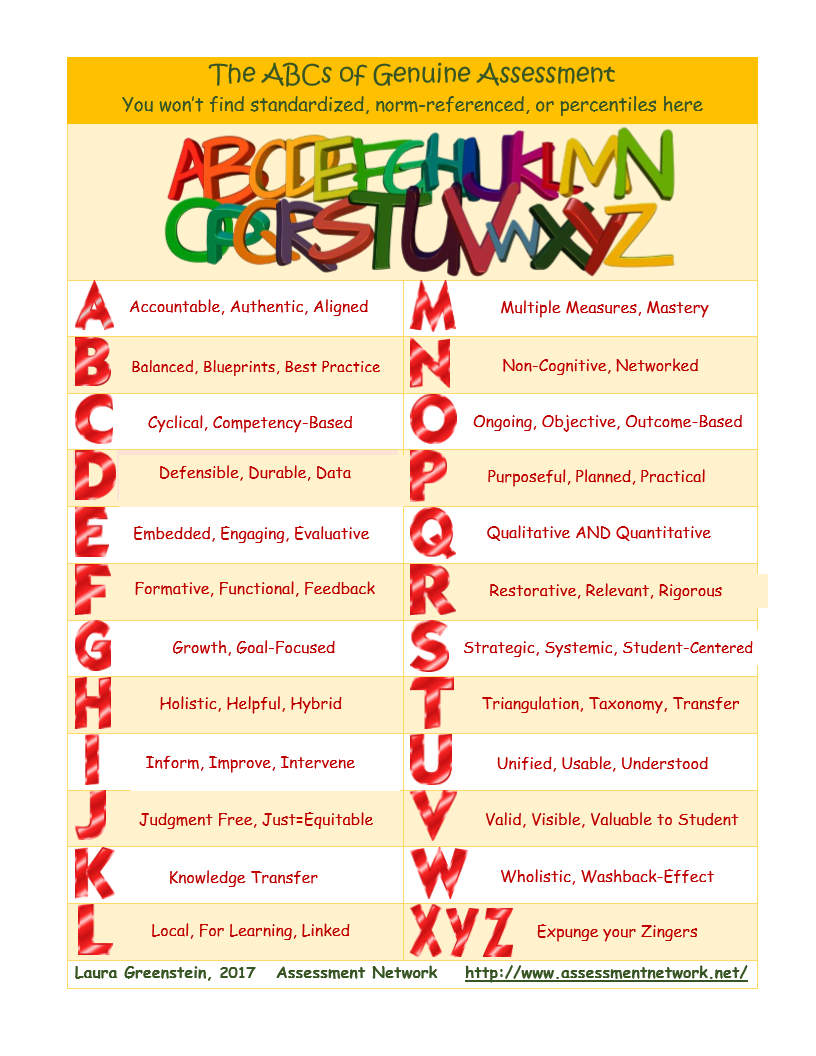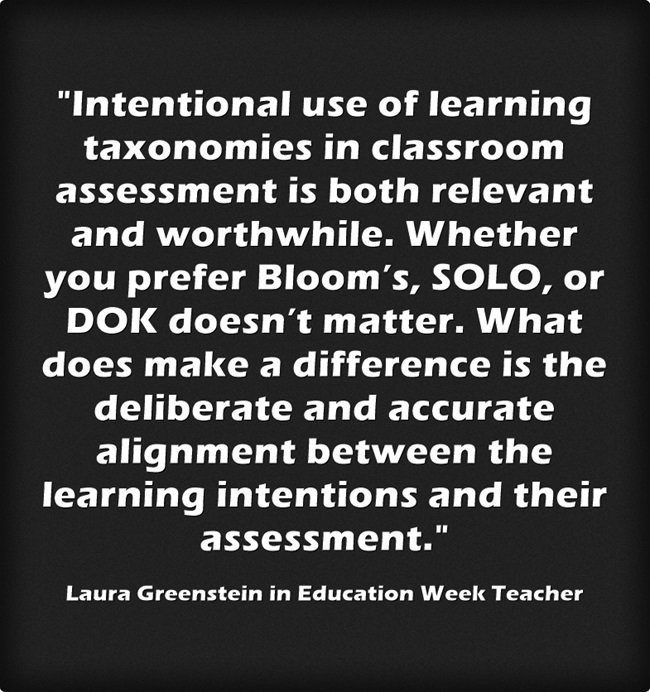Where Assessment Comes First
Blog, News, Tweets
- 28
Apr 17
0
- 22
Mar 17
0
DITCH THE TEST: ASSESSING WITHOUT TESTING
It is easy to test and report content knowledge. When students take a test they receive a score. Some “smart” people such as Bill Gates get high scores, while others such as Stephen King have mediocre test scores. Some people are good at taking tests and others take test-prep courses to raise their scores, but that does not make them smarter.
There are many ways to be smart. Large-scale tests do not measure a person’s emotional intelligence or will to succeed. In fact, Daniel Kahneman explains that higher IQ and SAT scores correlate with a bigger “bias blind spot” that makes them more vulnerable to believing their answers are correct.
People are too complex for one score designed to predict college success or 12 years of cumulative records to foretell their future. What is needed is a landscape of assessments, inclusive of and reaching beyond standardized tests.
A SPECTRUM OF ASSESSMENT  A panorama of assessments displays a student’s knowledge, understanding and skills throughout the taxonomy. It may reveal how their interpersonal trees reach to the sky, but their swamp of emotions results in indecision.
A panorama of assessments displays a student’s knowledge, understanding and skills throughout the taxonomy. It may reveal how their interpersonal trees reach to the sky, but their swamp of emotions results in indecision.
STEALTH ASSESSMENT is what happens when students do not feel as if they are being tested. With EdPuzzle a teacher can embed questions in a video and gather responses as students watch. More and more digital games can assess during learning; from historical events to fossils, and digital literacy to coding.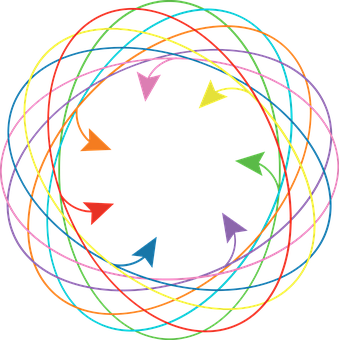
INTEGRATED ASSESSMENTS are blended directly into teaching and learning. Examples include formative assessments such as entrance slips, empty outlines, Humpty Dumpty, and 3-2-1. Alternatively, if a teacher is required to use a communal selected choice test, space can be provided for students to annotate their response; for example: “I picked B, but based on what you said in class about it, parts of C are also correct because…”
Assessment is about the process of learning, not merely the final outcomes. An SAT score may show an individual’s potential but other measures are also essential to show analysis and synthesis. Comprehensive methods are essential to get a full picture of each learner’s strengths and struggles.
- 20
Mar 17
0
- 15
Mar 17
0
THREE LENSES OF ASSESSMENT
 Telescopes, binoculars, and magnifying glasses each have a purpose in improving our ability to see. Assessment also has many purposes and perspectives. Yet, it is easy to lose sight of its fundamental function: To improve student learning by illuminating outcomes and informing instructional responses. This is achieved through alignment of instruction and assessment with learning intentions. The result is tangible evidence of purposeful learning.
Telescopes, binoculars, and magnifying glasses each have a purpose in improving our ability to see. Assessment also has many purposes and perspectives. Yet, it is easy to lose sight of its fundamental function: To improve student learning by illuminating outcomes and informing instructional responses. This is achieved through alignment of instruction and assessment with learning intentions. The result is tangible evidence of purposeful learning.
Choosing the right lens and the just-right response takes mindfulness of purpose and finesse of process.
 1. A telescope provides a big picture view of far-off and often indistinct objects. It may help us see distant galaxies or confirm that the universe is expanding. Big-picture assessments show large-scale data or trends in large numbers of schools and students. This may inform policy decisions, but in general, does not cause significant variations in classroom instruction or student achievement.
1. A telescope provides a big picture view of far-off and often indistinct objects. It may help us see distant galaxies or confirm that the universe is expanding. Big-picture assessments show large-scale data or trends in large numbers of schools and students. This may inform policy decisions, but in general, does not cause significant variations in classroom instruction or student achievement.
 2. Binoculars bring things that are somewhat distant into clearer focus. With them we can see the conclusion of a race or people scaling a mountain. In schools, this level of vision can evaluate the relationship between guiding principles and learning outcomes. It can also validate a district’s curriculum or delve into sub-groups of students. As with the telescope, binoculars look at broad issues, but at the school level offer greater potential for influencing local practice.
2. Binoculars bring things that are somewhat distant into clearer focus. With them we can see the conclusion of a race or people scaling a mountain. In schools, this level of vision can evaluate the relationship between guiding principles and learning outcomes. It can also validate a district’s curriculum or delve into sub-groups of students. As with the telescope, binoculars look at broad issues, but at the school level offer greater potential for influencing local practice.
 3. A magnifying glass brings learning and assessment up-close and personal. Somewhat like examining a bug or mathematical operations to better understand how and why each part has its place and purpose. This helps teachers know the strength of student’s knowledge and skills as well as recognize lingering gaps. These lenses also improve teacher’s practice by highlighting areas that may need upskilling. (My new favorite word indicating that their abilities are valued, yet can improve.)
3. A magnifying glass brings learning and assessment up-close and personal. Somewhat like examining a bug or mathematical operations to better understand how and why each part has its place and purpose. This helps teachers know the strength of student’s knowledge and skills as well as recognize lingering gaps. These lenses also improve teacher’s practice by highlighting areas that may need upskilling. (My new favorite word indicating that their abilities are valued, yet can improve.)
 In brief, effective lenses makes assessment intentional, illuminating, and informative.
In brief, effective lenses makes assessment intentional, illuminating, and informative.
- 27
Feb 17
0
5 ASSESSMENT MYTHS

1. Assessment is the Same as Testing
While tests are a form of assessment, assessments are NOT solely tests. Assessment originates from the Latin Assidere, meaning to sit beside. In doing so, teachers and students gather information about learning and use that to guide their next steps.
2. Testing Helps Us Teach Better
After centuries of testing (Civil Service tests began with the Ming Dynasty) there is little evidence that all this testing has improved outcomes. After all, since Alfred Binet devised the first IQ test in 1904 the average IQ is still 100.
3. All We Have to Do is Assess Harder
Some believe that if we assess harder, we can produce better data that leads to improved learning outcomes. Today, we are drowning in data, but it is not necessarily the right data. We can pinpoint exactly what a child’s reading level is, but we can’t figure out why they comprehend non-fiction better than fiction.
4. Comparing Students and Schools is an Effective Path Towards Improvement
Improvement is about growth. Everyone starts on their own starting line. Whether it be the ability to divide fractions, interpret the intent of the Constitution, or make a 3-point shot, we can all improve. But we cannot all reach superstar status. Sorry about that.
5. Data Informs the Best Decisions
Data is good; information is better. If I tell you that you are at the 85th percentile, or scored in the 5th tier, or had a Stanine of 4, would you be able to decide what to do next? So why do we trust that district and state decisions based on data are more relevant than teacher’s insights and information.
What does leads to student success is assessment that is relevant, mutual, engaging, and instructive.
- 31
Jan 17
0
Decluttering Assessment
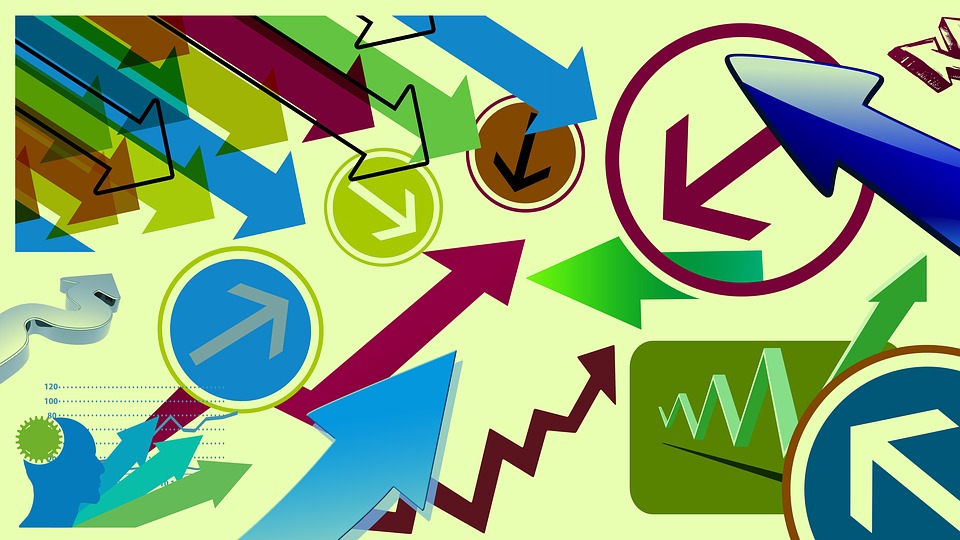
There is a movement afoot to declutter our homes and our lives. Advice comes from cleaning experts, organizing professionals, prioritizing specialists, and more. Marie Kondo recommends getting rid of things that no longer bring joy or serve their purpose. For generations, Heloise has been telling people how to organize closets, and the International Cleaning Organization holds an annual expo on clutter control. Seriously, their advice can also declutter and improve assessment. Consider these ideas.
SORT: Determine categories that make sense to you such as;
Purpose: What is their function? Summative, formative, common, alternative
Timing: When do you use them? Before, during, after teaching and learning
Practice: How do you choose what to use and when? Traditional (selected choice, essay) Student owned (metacognitive, self/peer review) Products and performance (progress logs, observations)
PRIORITIZE: Decide what is most important and essential in assessment. Is it mutual, informative, or…
Consistent: Does everyone take the same test at the same time in content areas and grade levels?
Flexible: Do strategies and processes vary for subject and students?
Engaging: Is it embedded throughout teaching and learning? Does it involve teachers and students?
Equitable: Is it fair and supportive of all learners? Does it emphasize gains rather than scores?
Technical Qualities: Consider accuracy, consistency, and alignment.
STORE: Manage storage to avoid clutter-whelm
Electronic or paper documentation depends on frequency and purpose of assessments. Most is stored electronically, but for routine reminders keep a notepad app or even real paper handy for those flashes of brilliance or reminders of people and things that need checking, confirming, or questioning. Maximize your student management system for grading, notes, and parent communication in ways that are personally productive and practical.
Helpful organizational technologies include LiveBinders and Remind. Assessments and data can be stored with Kahoot GoFormative, and Quizziz. Use all that Google Classroom has to offer.
Feel The Lightness

- 26
Jan 17
0
Coherence and Evidence in Assessment
 There’s a cartoon where a little boy is telling a friend that he taught his dog to whistle. His friend notes that the dog is unable to whistle. The little boy says, “Just because I taught him, doesn’t mean he learned it.”
There’s a cartoon where a little boy is telling a friend that he taught his dog to whistle. His friend notes that the dog is unable to whistle. The little boy says, “Just because I taught him, doesn’t mean he learned it.”
So, how do we know when a student has learned what has been taught? Some say a test will confirm it. Others say a project is a better way for students to demonstrate achievement. I believe it is not the assessment method, but rather the process for gathering and using evidence of learning.
This process starts with alignment between the learning intentions and the learning outcomes. If I tell a student they will learn to tie their shoes, then demonstrate how to do it, then have them perform the task, they may or may not be successful. Why?
1. I did not check their incoming knowledge at the start.
2. My boot laces were different from the student’s sneaker laces.
3. During the demonstration, some of the steps were not visible such as pulling the loop through the wrap-over.
4. During instruction some of the steps were not fully explained, such as why a double knot is more durable and lasts longer.
5. Student did not have a checklist of the steps to help them identify gaps in understanding or performance.
6. No information was gathered on their developing skills while the student tried to tie their laces.
7. Student was unable to explain reasons for their success nor ways to improve their performance.
Consider how this example can be applied to a spectrum of learning from writing the alphabet to analyzing lab experiments. The best way to gather accurate evidence of learning is to:
· Be certain the learning intention matches the learning action. If the intention is to analyze, be sure the teaching and assessment includes higher level thinking such as classifying and prioritizing, not simply defining and explaining.
· Check-in on students’ progress throughout teaching and learning. Rather than asking, “Any questions?” have students record their progress on a learning tracker or submit a “bump in the road” or “feathers and salt” review.
· Be sure the summative assessment incorporates a spectrum of learning outcomes from knowing to producing, and that each aim is unambiguously assessed. For example, using words in a word bank to complete sentences for demonstrating understanding vs. synthesizing the ideas from multiple sources into a cohesive summary and position statement.
Let me know how you have or will use these ideas.
- 13
Dec 16
0
Artisanal Assessment
 Artisanal refers to skilled craftsmanship that results in functional products such as furniture, tote bags, and tools. In this way the artisan constructs beautiful objects that are also practical. Artisanal assessments blend the purpose and process of assessment in ways that meet the needs of students, classrooms, and schools. Here are four ways to make assessment both practical and beautiful.
Artisanal refers to skilled craftsmanship that results in functional products such as furniture, tote bags, and tools. In this way the artisan constructs beautiful objects that are also practical. Artisanal assessments blend the purpose and process of assessment in ways that meet the needs of students, classrooms, and schools. Here are four ways to make assessment both practical and beautiful.
Spectrum
Like colors of the rainbow, assessments come in all types, from standardized tests to analysis of a project, product or performance. Sometimes it is necessary to get the right answer such as when calculating your discounted price. Other times, it is more important to be able to explain how you came to your conclusions or provide an analysis of alternative solutions. In addition to selected choice and completion, let students annotate their answers, offer choice boards, and include opportunities for self-correction.
Functional
Clarity of purpose guides decisions about assessment. Are you seeking cumulative growth of a cohort of students or one student’s increase in language fluency? Assessments are intended to display evidence of learning over time on multiple outcomes. Thus, consider using blueprints to ensure that assessments align with instructional aims. Keep in mind that diverse levels of the taxonomy; sorting, making connections, and generating new ideas all rely on different assessment methods.
Beneficial
Assessment is intended to inform instructional decisions. What’s the point in knowing that your cupcakes didn’t rise if you don’t understand the different types and actions of leavening agents and how to resolve the problem? Ask why, what if, and what else, to illuminate student thinking in informative ways.
Shared
Beautiful objects are designed to be enjoyed by others. These assessments engage learners, display a panorama of learning, and illuminate the starting point, progress, and outcomes. When it is visible it becomes actionable. Conclusions to learning show not only final scores, but growth and mastery along the path of learning.
Next time you think about assessment, think artisanally. Ask students to explain their learning to a Martian, let them track their own progress with a “Learning Trackers” or chronicle their learning path from “I used to think, now I know, but I’m still confused about”. Purposeful and engaging technologies include GoFormative, ExplainEverything, Padlet, Coggle. Enjoy these videos on Tech Tools for Assessment and on formative assessment from Teaching Channel to learn more about blending technology with beautiful assessment.
- 21
Nov 16
0
Assessment Silos

There is one silo when it comes to standardized tests. Teachers are given test-worthy curriculum accompanied by detailed lesson plans and pacing guides so they know what to teach on which day of the week. This strategy has had little effect on test scores since the 1990s.
Standardized tests do have a place and purpose at one end of the spectrum of assessment: Primarily for making comparisons between schools and districts in relation to student achievement of the tested content. They provide little insight into students’ understanding of the question, their problem-solving skills, or their ability to transfer learning to other scenarios. In this way, they are like a channel for seeing how information entered at the top of a silo comes out the bottom.
In today’s world, it is less about what you know and more about what you can do with what you know. When I play Team Trivia on Tuesday nights, there are many who know what you get when you add opposite sides of a dice or who invented the scissors. My group, of self-proclaimed sages, will take all the time allowed to discuss what gives Silly Putty its unique characteristics or whether it is neurons or dendrites that continue to grow during a human’s lifespan. Think about which set of questions encourages student’s thinking. Is it the one that has one right answer or the one that requires thoughtful analysis and synthesis of prior learning.
Assessment is not an isolationist task. Learning does not take place in silos that are emptied on a predetermined schedule. Along the assessment spectrum are numerous measures that provide insights into student thinking. For example:
- Annotated tests where students explain their answers.
- An open-ended strategy (with reasonable parameters) where the learning targets are provided and students shape their answers in response to specific questions.
- Reciprocal appraisal where quizzes are returned for analysis by the student.
You can find more ideas for purposeful, responsive, mutual, and flexible assessment at Sticky Assessment
- 01
Nov 16
0
Tempering Assessment: Reclaiming Equilibrium in Daily Practice
Testing is often viewed through the lens of success or defeat when in truth, it is about improvement. Everyone wants to achieve: No one says “I can’t wait to be a failure.” But success takes “Sisu”, a Finnish word meaning determination in overcoming challenges, resilience in the face of adversity, and perseverance in reaching one’s potential. To restore balance and help students reach their highest potential consider these assessment moves and views.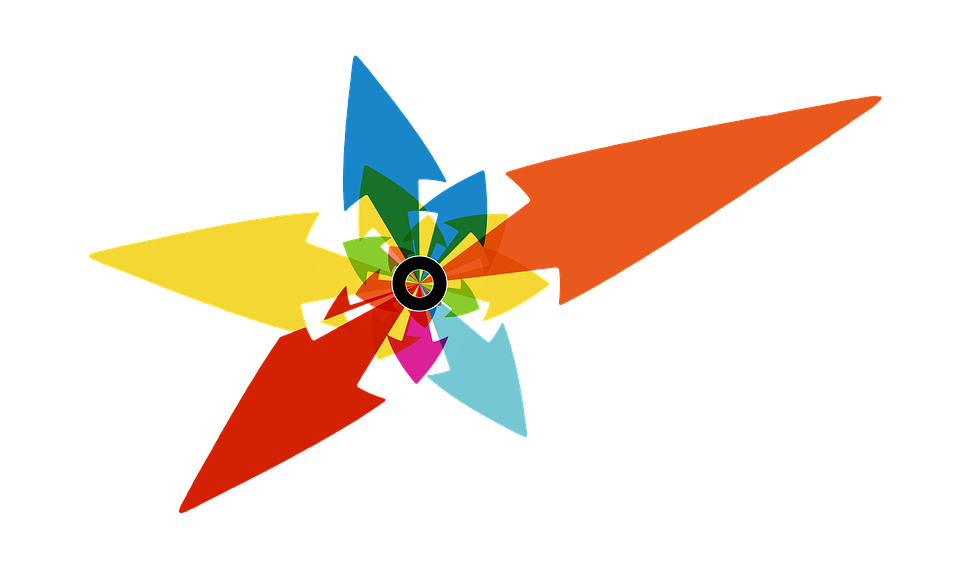 Develop a Positive Assessment Environment
Develop a Positive Assessment Environment
It’s not about what you know or giving the one right answer; it’s about how you use what you know to investigate and solve problems. This may be about learning to hit a tennis ball, deciphering the periodic table, or recognizing words that don’t sound like they are spelled such as knead and island. Engaging learners, emphasizing growth, and assessing small steps along the journey helps learners see that the results really are worth the effort.
Some of Us Just Haven’t Learned It YET
As Winston Churchill said, “Success is not final, failure is not fatal: it is the courage to continue that counts.” In a learning-centered classroom, help students track progress rather than focusing solely on final scores. They can annotate their learning tracker, note improvement on a standards chart, or graph their growth in order to substantiate their learning so far.
Recall How Hard Learning Really Is
The “Curse of Knowledge” is used in the business world to explain what happens when one person assumes another knows as much about the topic as they do. For a teacher, it can be hard to recall how difficult something was to learn in the first place. Once we have understood the times tables or the mechanisms of social change, it is hard to recall not knowing it. Rather than making assumptions, ensure that new learning targets are explicitly deconstructed, clearly explained, and routinely assessed.
Strengthen the Feedback Loop
Frequent formative assessments can reinforce learning. Knowing where students are at the onset as well as routinely checking on progress throughout instruction reduces later difficulties. Intersperse the assessments and offer frequent practice through real-world applications. Think of it as a cycle of learning, rather than a steep pathway directly to the top of the mountain.
Vary the Drumbeat
Mastery comes from studying, practicing, and assessing using multiple methods. Becoming skilled at the piano or testing hypotheses requires watching, listening, rehearsing, comprehending theory and more. Beyond basic recall of facts, use diverse assessment to discern understanding of a concept, analysis of a viewing, or a demonstration of a process/procedure.
While summative measures provide a snapshot of a specific time and place, it is the ongoing embedded assessments that support step-by-step progress towards success.